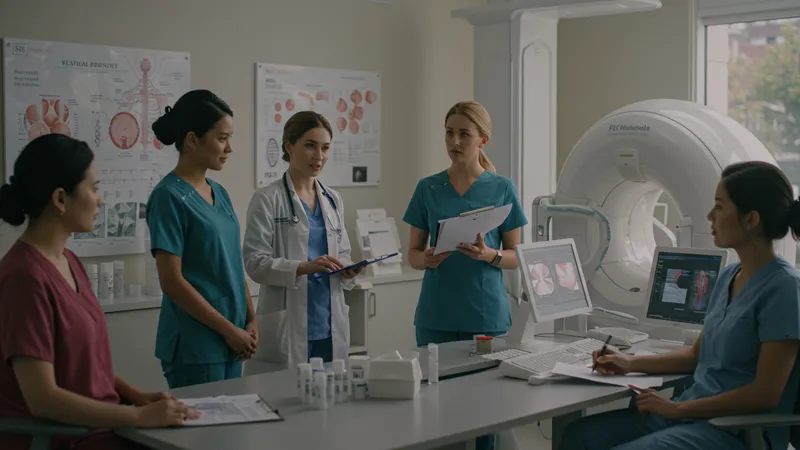
Comprehensive Guide To Breast Cancer Screening And Diagnostic Techniques
Personalized Breast Cancer Screening Strategies in the United States
Personalizing breast cancer screening in the US involves aligning techniques to each individual’s unique risk profile. Factors such as age, family history, genetic markers, and breast density guide the selection of tools like MRI, tomosynthesis, or supplemental ultrasound. This tailored approach aims to maximize effectiveness while minimizing unnecessary interventions, striving for a higher standard of preventative care.

For individuals with dense breasts—a common challenge, especially in women under 50—combining mammography with ultrasound or tomosynthesis is increasingly recommended. Laws in many US states require providers to inform patients about breast density and its implications for cancer detection, empowering women to make more informed decisions about their care pathways.
Insurance coverage is another essential variable influencing access to advanced diagnostics. While screening mammography is generally covered, additional imaging or biopsies may incur costs depending on plan specifics and patient risk classification. Public and private efforts continue to focus on expanding equitable access and removing financial barriers for high-value clinical testing.
The future of breast cancer screening in the United States is likely to be shaped by emerging technologies, patient-centered care models, and ongoing educational campaigns. Effective integration of these components ensures more comprehensive detection and diagnostic accuracy for American women, equipping patients and clinicians to navigate the evolving landscape of breast health with confidence and clarity.